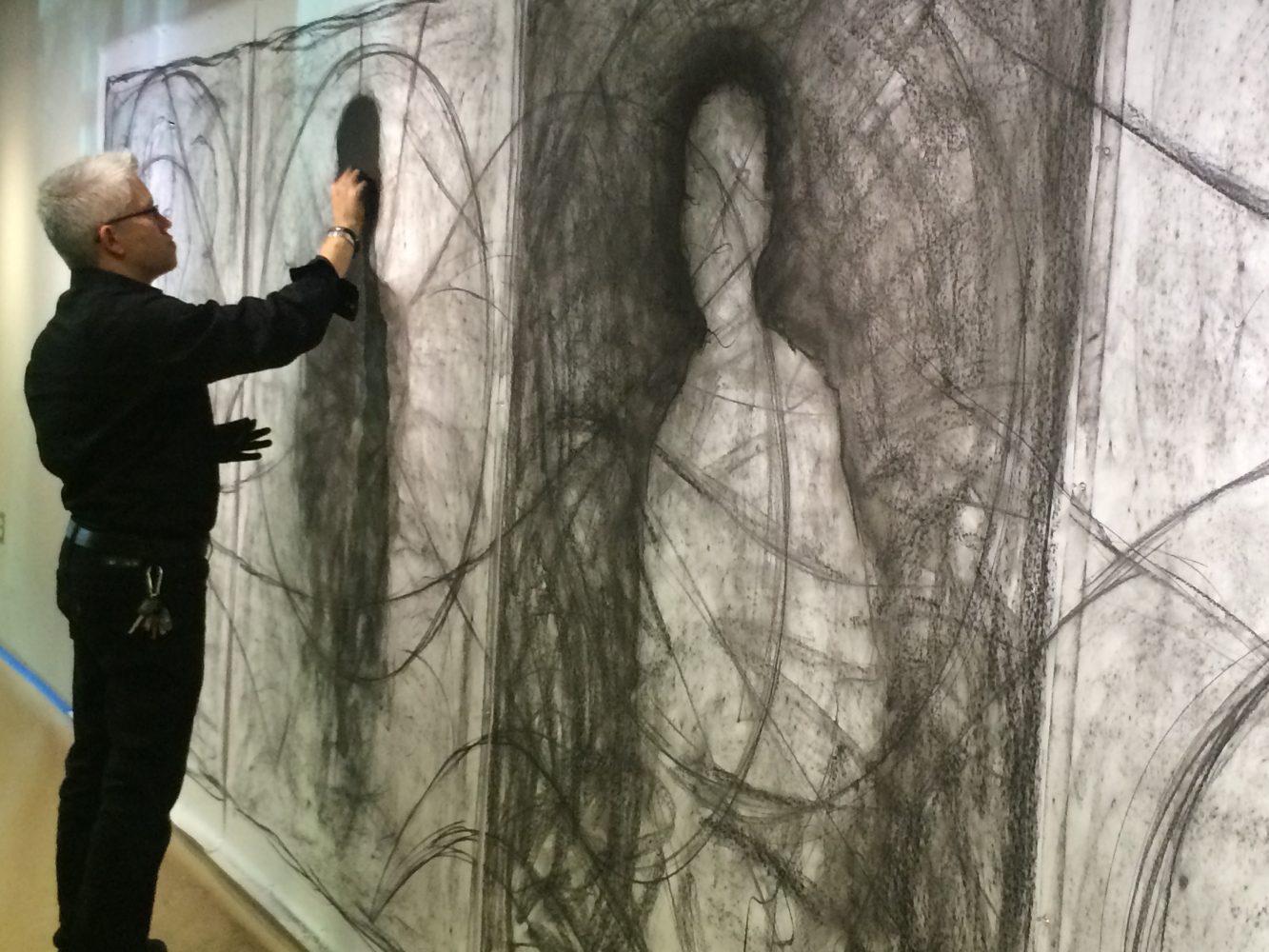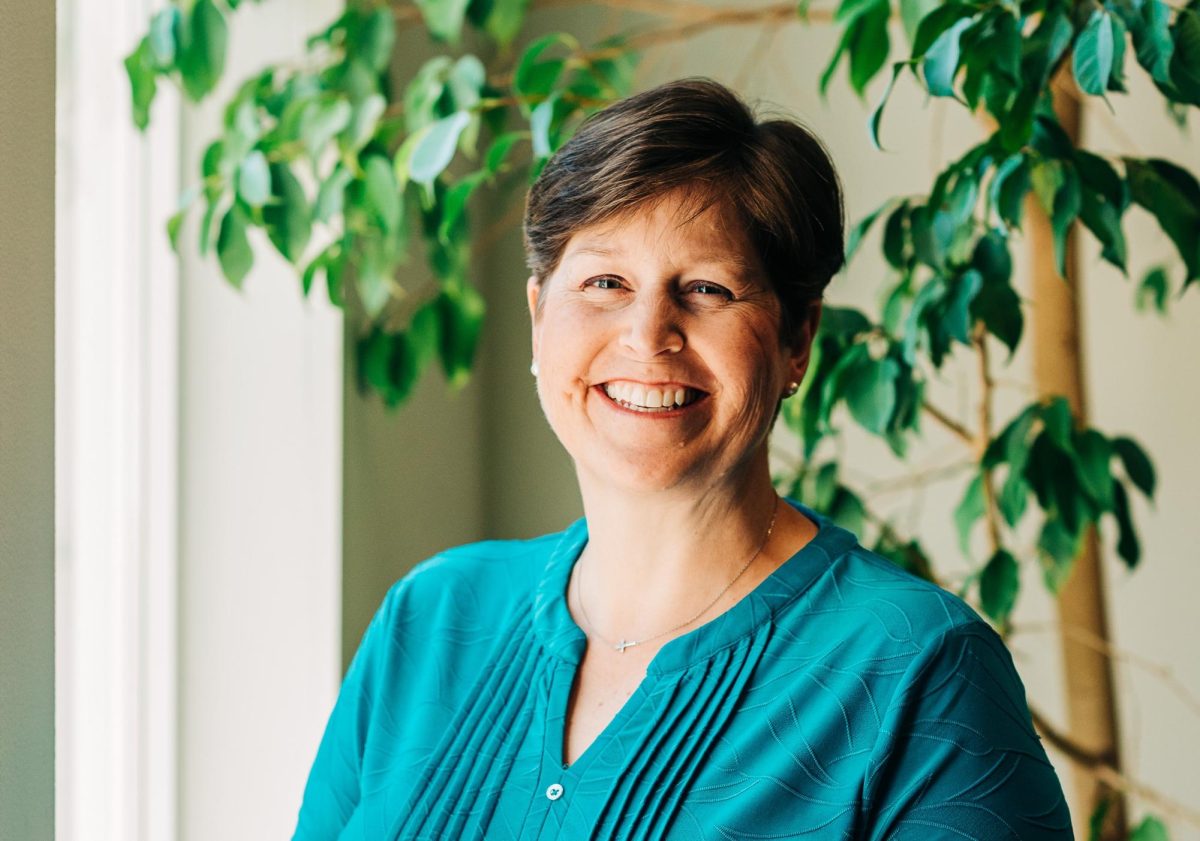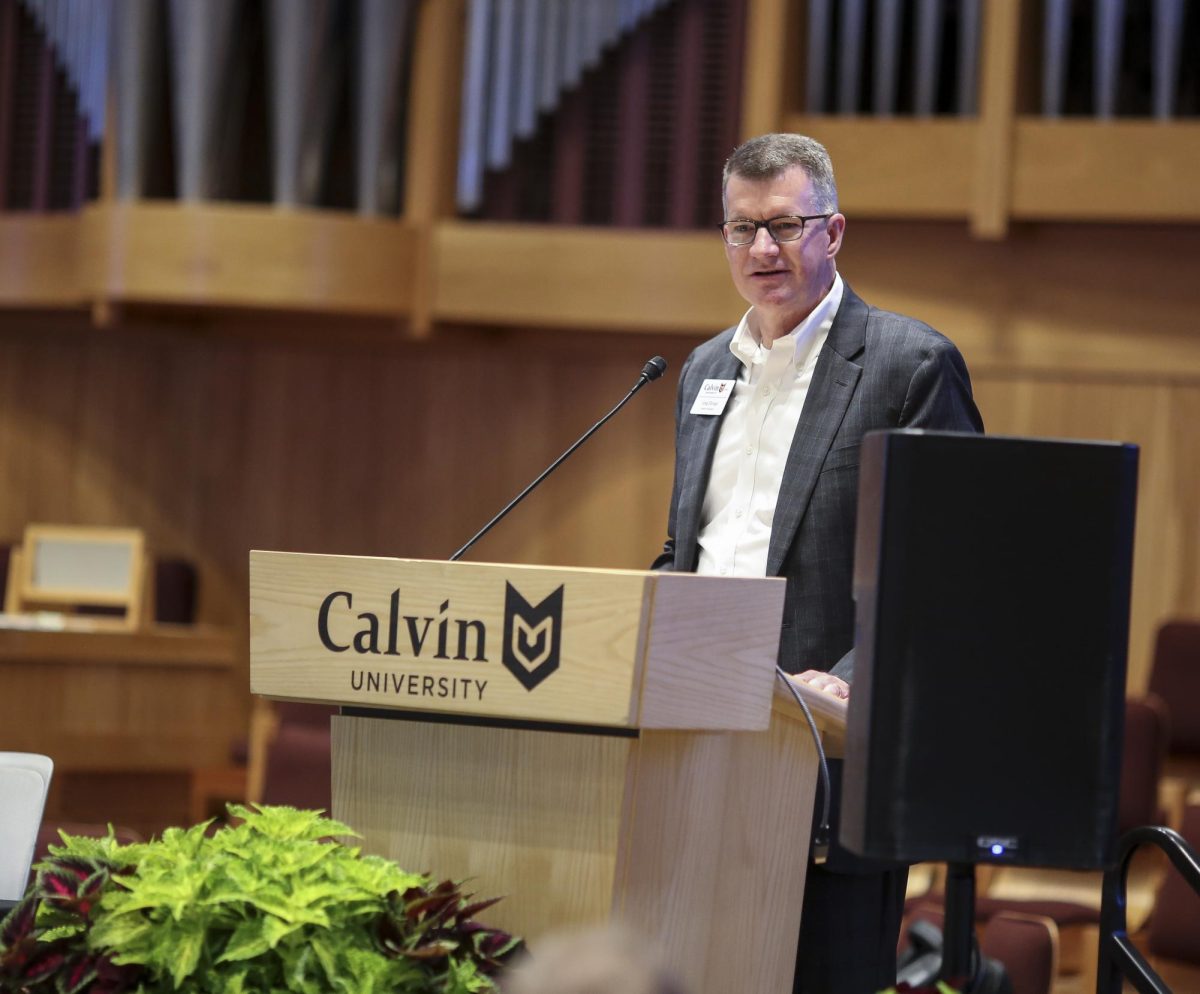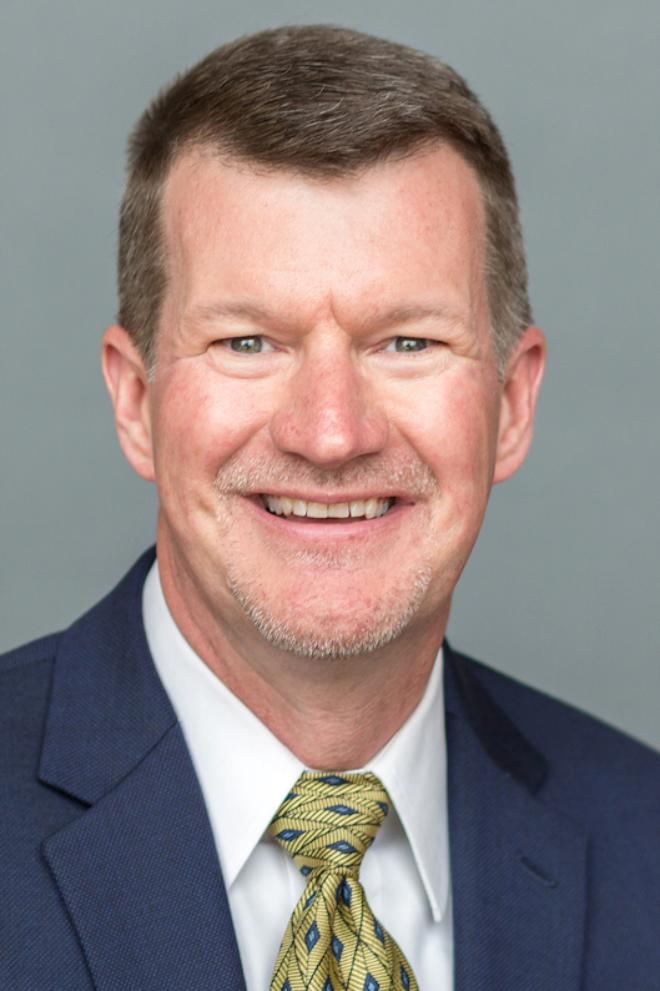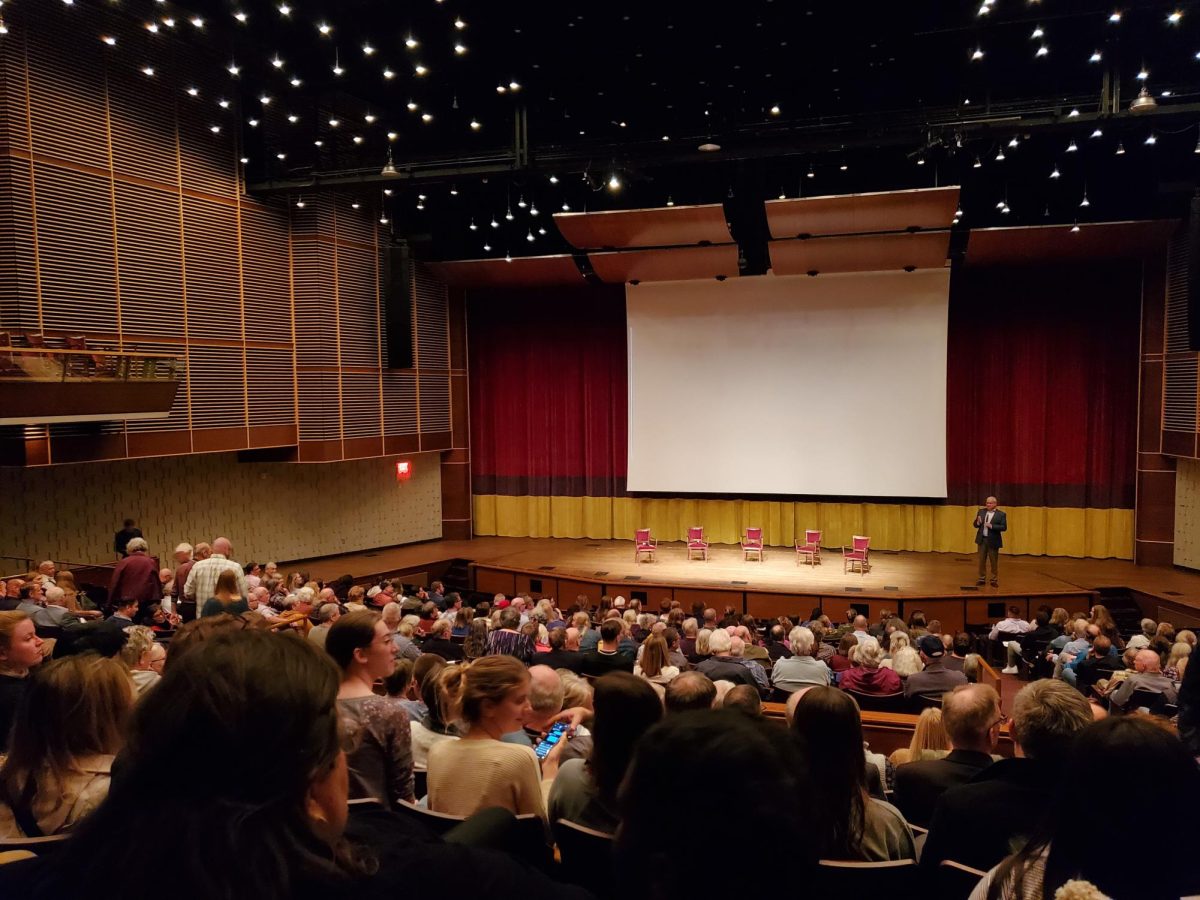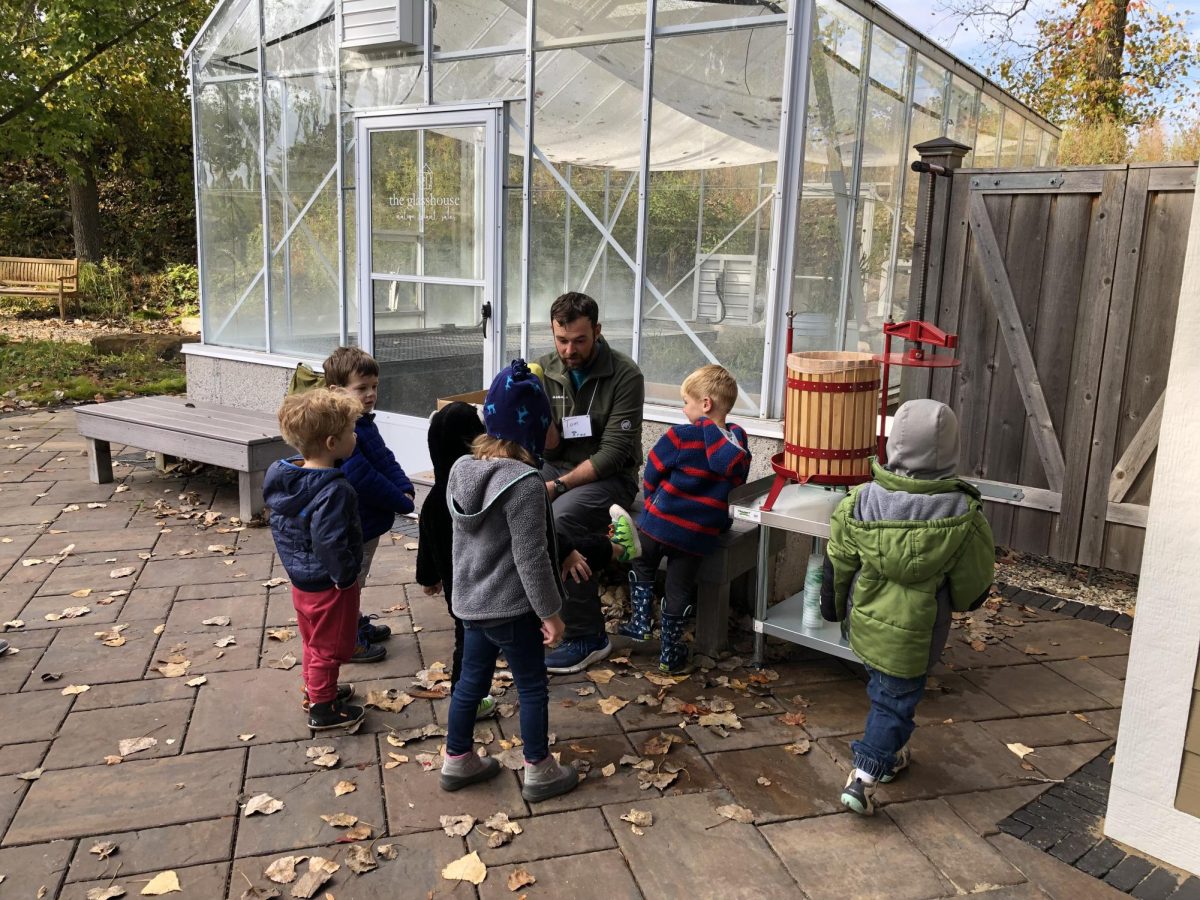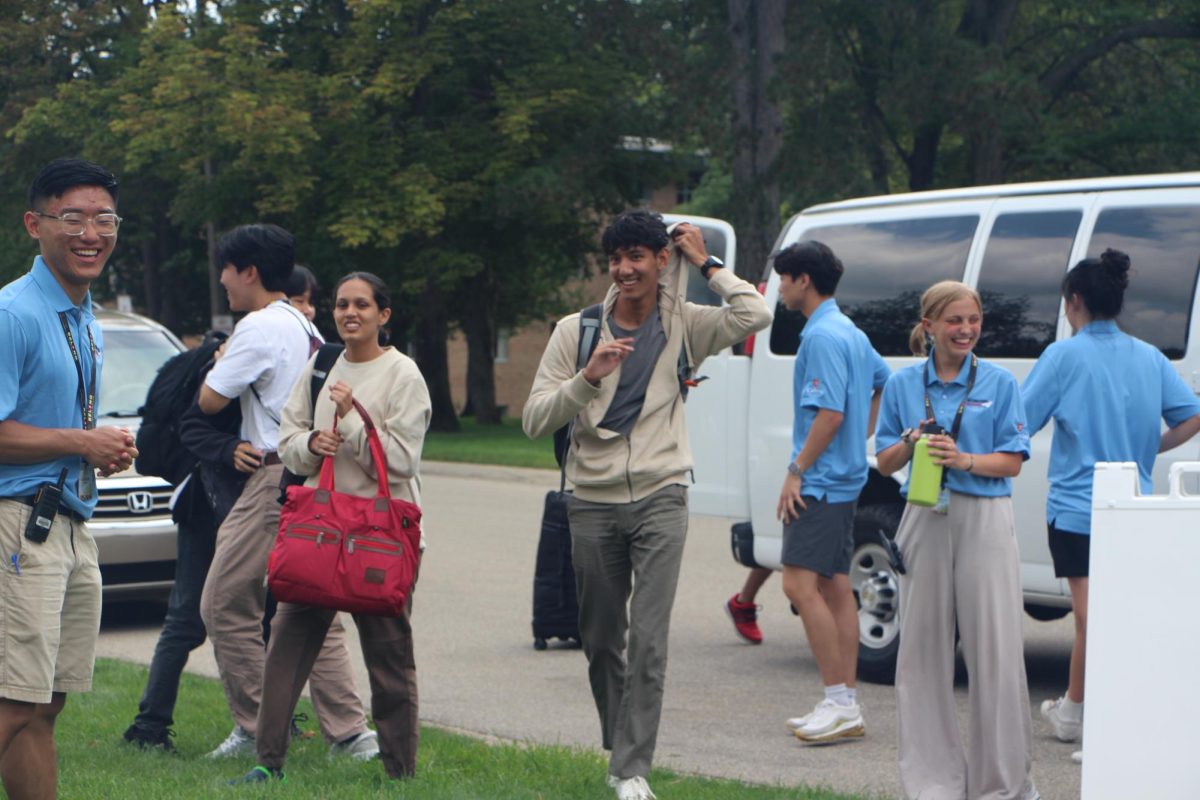The halls of the first floor of the Covenant Fine Arts Center (CFAC) in the early afternoon can be quite a colorful experience on any given weekday. As you walk past the rehearsal space, the door is open, and a class full of future music educators is trying their hand at the violin, viola, cello and bass. Down the hallway there is a huge sheet of white paper stretched along the wall, covered with outlines in black charcoal — an art piece is taking shape, formed and created in real time by a visiting artist, Sergio Gomez. Next to the charcoal piece there are two glass doors which reveal just a small glimpse of the many art pieces housed behind them. This last stop is the Center Art Gallery, right off the main lobby of the CFAC.
Rebekah Inman, a sophomore majoring in chemistry and studio art, works at the front desk in the gallery. She reflected on the value of coming to the art gallery during especially busy times in the academic year:
“I’m also a science major, and so when I am deep in my studies and only looking at words and equations and I’m tired of only looking at words and equations, it’s really nice to come here. It’s a wonderful place to relax as well as get inspired for yourself, even if you’re not an artist. You reflect on the art, and with that reflection, you get your mind off your studies … rather than always working or hanging out with friends. Sometimes people really need that time of peace rather than chaos all the time.”
Noah Ruitenberg, a senior studying biochemistry, has worked at the front desk of the gallery for four years. As a science major, Noah appreciates art more after working in the gallery:
“ow I can at least look at stuff and kind of know just based on hearing Joel [Zwart, director of exhibitions] talk and just picking stuff up — how something’s made or how we classify stuff; so it’s certainly increased my appreciation for it.” When asked why a Calvin student who isn’t in the arts should come to the gallery, Noah said, “I just think it’s important to be well-rounded. You don’t want, in your later life, just to be like, ‘I only know how to do this,’ or ‘I only know stuff about this.’ It’s important to have a wide knowledge-base, I mean, I don’t know much about all the art, but at least I know enough that I feel comfortable in here.”
Zwart explained the artwork that was being made out in the hallway: “We have a visiting artist who’s actually drawing in the hall … he’s an artist from the Chicago area.”
He also mentioned the significance of having art in such a high-traffic area: “I think having something like Sergio working in the hallway is good, too, because it’s amazing to me, sometimes, how much of a barrier the glass doors are. Sometimes I’ll have so many people who will just look through the window and I’ll want to be like, ‘Come on inside! You can come in, it’s OK!’”
Zwart mentioned how the act of making art and the act of looking at a finished piece are different in terms of understanding and perception: “People love seeing people make things, too. I think that’s one of the things about art. I’m hoping to try and do more of that. Because looking at art is one thing, but also understanding the physical process of how it gets made is, I think, quite interesting; and so when you see someone actually doing it, I think you sort of begin to understand the work a little bit better.”
The gallery is in a fairly central place on campus, and the goal is that students of all majors and interests will come and appreciate the pieces inside. “Our hope is that the gallery is not just for art students or for students who take art classes; our hope is that it becomes more of a place for all types of students, and we really made that sort of intentional when we moved the gallery over here … The gallery used to be over where the art department is, in the basement of the Spoelhof … When they renovated this building and when we moved the art gallery over here, in my estimation, it was a real step forward in trying to make the art gallery really for everybody as opposed to just for art students, so I actually really like being in the [CFAC] because I see music students and English students quite often as well as other students that are crossing through to go over to Hekman Library, or people coming here for Rangeela, or for the Festival for Faith and Writing or the Festival of Faith and Music.”
As director of exhibitions, Zwart brings in the art that is housed in the gallery. He works with a committee made up of art and art history faculty members to match the exhibitions with what’s going on at Calvin. Regular exhibitions include the work of faculty and graduating seniors.
“Besides that I like to have a real mix of different types of artwork: contemporary artists who are working today, like Sergio for example, he’s a Chicago-based artist who I met through CIVA, which is Christians in the Visual Arts. Subject-matter wise, I’m always looking for a broad spectrum of things — secular artists who are doing interesting work as well as Christian artists. If I’m doing a show of overtly Christian work, or religious work, I tend to do it in this time slot — the January, February, early March time slot — because it corresponds with the worship symposium, which happens at the end of January. And so it’s kind of like tailoring the exhibition to the audience.”
At the gallery there are sets of shows coming up after spring break: an exhibition of nineteenth century prints and also work by John Donnelly who, according to Zwart, “completed a study-abroad where he got an artist’s residency to be on a ship that went to the Faroe Islands, which are these islands in the middle of the North Atlantic, and that was his sabbatical project. He painted what he had imagined the islands would be like and he painted what they were like when he was there. When he got back to his studio, he reflected on the experience and painted the islands again. His show is called “Chasing Faroe: Imagining, Being, Remembering.” He’ll also give a talk on April 16th.”
When asked why Calvin students should come to the gallery, Zwart remarked, “It’s free! It’s here, so I want everyone to sort of feel like it’s theirs, like they can use it. First and foremost is that it’s something that the college provides them, it’s a service, it’s a space that we dedicate to visual art and performing art, and we want people to utilize it. How do you use it? By coming to a program if it’s an artist-talk or a lecture, or coming to the gallery at an opening or just coming at some time during the day when it’s open and you want some quiet time, or you want to work on a project, or you’re looking for inspiration on an assignment … There’s all this great subject-matter that’s here … It’s free, it’s available, and there are so many great ways that we can tie the arts into other things.”



